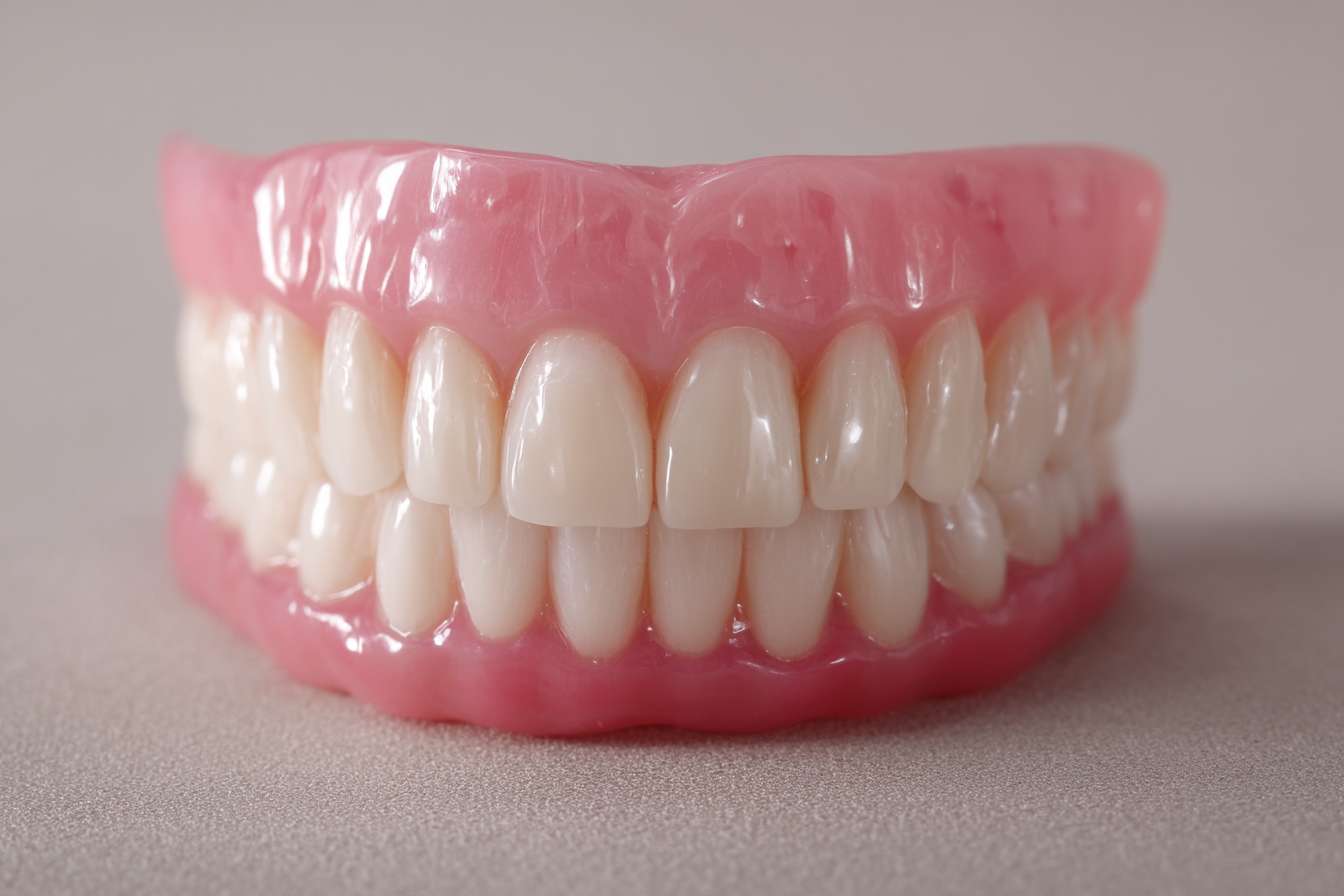Dental Implants: Long-Term Tooth Replacement Guide
Explore how dental implants deliver a durable, natural-feeling solution for missing teeth. This comprehensive guide covers implant types (including All-on-4), the surgical steps, osseointegration, recovery expectations, typical costs, and long-term maintenance. Learn what to expect and how implants restore chewing, speech, and facial structure—essential reading for anyone considering permanent tooth replacement.

Dental Implants: Long-Term Tooth Replacement Guide
Missing teeth can affect appearance, chewing, and speech — and long-term bone health. Dental implants are widely regarded as one of the most predictable and durable methods for replacing lost teeth. Made from biocompatible materials (most commonly titanium), implants are placed into the jaw to serve as artificial tooth roots, providing a stable foundation for crowns, bridges, or full-arch prostheses. Over time, the implant and surrounding bone fuse in a process called osseointegration, which helps restore function and preserve facial support.
Types of dental implants
Implant systems are chosen based on the number of missing teeth, jawbone volume, and patient needs. Endosteal implants are the most common: they are shaped like screws or cylinders and are inserted directly into the jawbone. These are ideal when there is sufficient bone to stabilize the fixture.
For individuals with limited bone height or volume who prefer to avoid extensive grafting, subperiosteal implants are an alternative. These rest on the jawbone beneath the gum tissue rather than anchored within the bone. While used less frequently today, they remain an option in specific clinical situations.
When multiple teeth or an entire arch must be replaced, protocols like All-on-4 use four strategically placed implants to support a fixed prosthetic arch. This approach often minimizes the need for bone augmentation, decreases treatment time, and provides a secure, non-removable restoration for full-arch rehabilitation.
Benefits and advantages
Dental implants offer several important benefits over conventional dentures and bridges:
- Bone preservation: By transferring chewing forces to the jawbone, implants stimulate bone and help slow the resorption that commonly follows tooth loss.
- Function and comfort: Implants permit near-normal biting, chewing, and clear speech without the slipping or adhesive dependence associated with removable dentures.
- Aesthetic and structural support: Properly placed implants support the gums and facial tissues, helping maintain a natural facial profile and youthful contours.
- Protection of remaining teeth: Unlike traditional fixed bridges, implants don’t require the preparation of adjacent healthy teeth for support, preserving natural tooth structure.
- Longevity: With meticulous oral hygiene and routine dental care, implants frequently last decades and can be a cost-effective long-term solution.
What to expect during treatment
The implant journey typically spans several months and involves multiple stages:
-
Assessment and planning: Your dental team will perform a thorough oral exam, take X-rays or CBCT scans, and design a treatment plan that considers implant positions, prosthetic needs, and any preparatory work such as extractions or bone grafts.
-
Surgical placement: Implants are placed under local anesthesia, sometimes with sedation for added comfort. The implant is inserted into the bone and the soft tissue is closed to allow healing.
-
Osseointegration and healing: Over roughly 3 to 6 months, bone grows onto the implant surface (osseointegration), creating a stable anchor for the final restoration. Healing times vary based on bone quality, implant site, and individual health.
-
Abutment and final restoration: Once integration is confirmed, an abutment (connector) is attached and impressions are taken for the crown, bridge, or denture. In select cases with adequate primary stability, provisional or immediate-loading restorations can be provided sooner.
Treatment plans are individualized; your clinician will explain timelines, follow-up visits, and any additional procedures required.
| Implant Type | Average Cost Range | Additional Procedures |
|---|---|---|
| Single Tooth Implant | $3,000–$4,500 | $500–$2,500 |
| All-on-4 Implants | $20,000–$35,000 | $2,000–$5,000 |
| Full Mouth Implants | $30,000–$50,000 | $3,000–$7,000 |
Prices, rates, or cost estimates mentioned in this article are based on the latest available information but may change over time. Independent research is advised before making financial decisions.
Recovery and long-term care
Postoperative recovery commonly includes some swelling, mild discomfort, and a short period of modified diet. Pain is usually manageable with over-the-counter or prescribed medications, and following your clinician’s instructions for oral hygiene and wound care is crucial to avoid complications. Stitches may be dissolvable or removed at a follow-up appointment.
Long-term success depends on daily care: brush twice daily, clean around implant-supported teeth with floss or interdental brushes, and consider adjuncts like water flossers if recommended. Regular dental check-ups and professional cleanings allow your dentist to monitor the implant, surrounding gums, and prosthetic components. Avoiding tobacco and managing systemic conditions such as diabetes improves healing and implant longevity.
Although the implant post is intended to be permanent, crowns, bridges, and denture teeth will experience normal wear and may require replacement or refurbishment after about 10–15 years depending on materials and usage.
Is an implant right for you?
Not everyone is an immediate candidate for implants. Ideal candidates generally have good overall health, adequate bone volume (or willingness to undergo grafting), and commit to excellent oral hygiene. Your provider will evaluate medical history, bone quality, and lifestyle factors to determine candidacy.
Alternative options and adjunctive procedures (bone grafts or sinus lifts) should be discussed, along with financing options and realistic timelines. A clear understanding of risks, benefits, and expected outcomes helps you make an informed decision.
This article is for informational purposes only and should not be considered medical advice. Please consult a qualified healthcare professional for personalized guidance and treatment.






